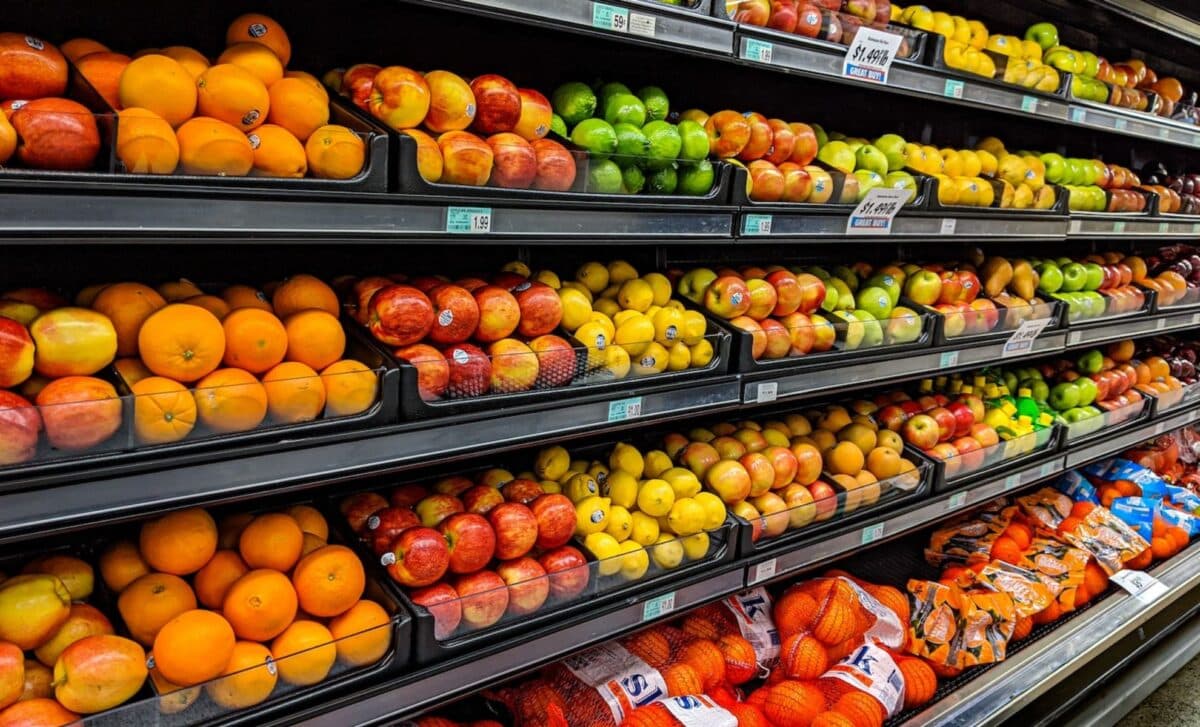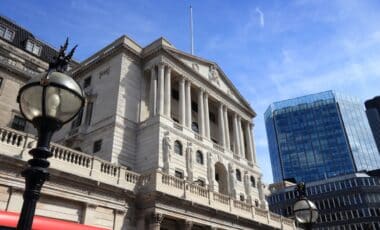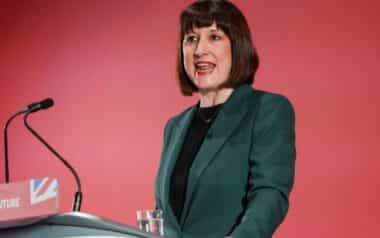Food prices climbed 2.4% in March compared to last year, driven by higher costs for beverages and ambient groceries. Fresh food saw a slight easing, but retail sector pressures continue to weigh on price stability.
The latest data from the BRC-NIQ Shop Price Index points to a continued rise in food inflation in the UK. Retailers are absorbing significant operating costs, while fresh and ambient food categories diverge in pricing trends.
Despite price reductions in several non-food categories, the broader retail landscape remains volatile. Analysts suggest cost burdens and upcoming policy shifts could compound inflationary pressures in the coming months.
Ambient Food and Beverages Lead Inflationary Trend
March saw a renewed acceleration in grocery inflation across UK retail outlets, with shelf-stable products showing the sharpest increases.
According to the British Retail Consortium (BRC) and NielsenIQ (NIQ), edible goods were 2.4% more expensive than during the same period last year, marking a rise from February’s 2.1% figure and surpassing the three-month average of 2%.
The data shows that ambient food inflation climbed to 3.7%, up significantly from 2.8% in February. The price of alcoholic and non-alcoholic beverages also increased, influenced by recent duty adjustments and the continued effects of high global sugar prices.
In contrast, fresh food inflation registered a marginal decline to 1.4%, from 1.5% in February. This slight improvement suggests some stabilisation in the perishable food sector, although broader upward pressures remain.
According to Mike Watkins, head of retailer and business insight at NIQ, the overall trend reflects “competition on the high street” where retailers are attempting to attract hesitant consumers through seasonal promotions.
Shop Price Deflation Narrows Amid Rising Cost Concerns
While overall shop prices were 0.4% lower in March compared to last year, the deflation slowed from February’s 0.7% rate. This was largely attributed to continued declines in clothing and footwear prices, which have entered double-digit deflation due to weak consumer demand.
According to Helen Dickinson, chief executive of the BRC, many retailers are “doing all they can” to protect customers from the cost pressures bearing down on the industry. She added that although non-food prices have fallen, the rate of deflation is decreasing and could reverse in the near term.
Dickinson also warned of additional cost burdens set to impact the sector, citing the £7 billion in new expenses expected from budgetary changes and packaging taxes later in the year. She emphasised the importance of avoiding further regulatory costs from pending measures such as the Employment Rights Bill and potential reforms to business rates.
Watkins noted that in light of these challenges, some retailers might implement targeted price reductions in the lead-up to Easter, aiming to boost footfall during a critical trading period.









